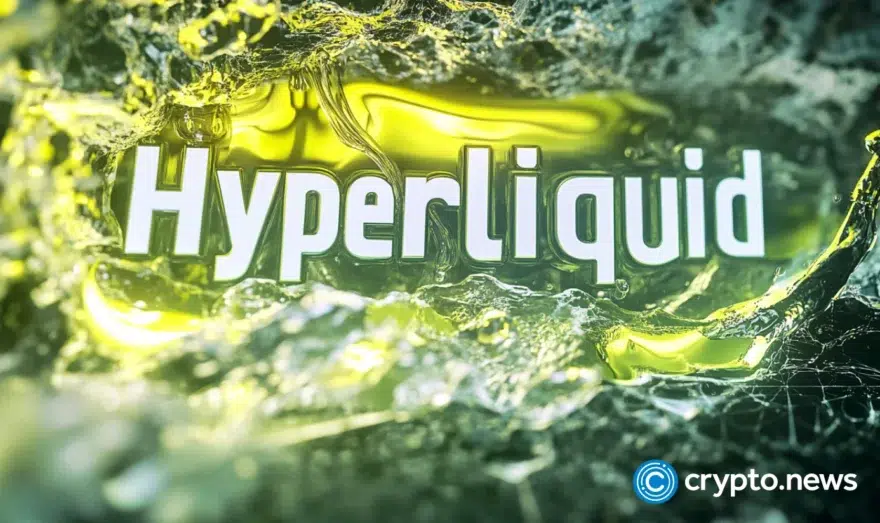What will happen to crypto markets if Fed increases rates in March

From increased selling pressure to lower demand: in this article we are looking at the possible impact of further interest rate increases on crypto markets.
After the rates increased seven times in 2022, the CME FedWatch tool predicts that the national central bank will increase the benchmark. The increase is probably not the last for this economic cycle. To limit inflation, which reached 6.5% in December 2022 compared to a year earlier, the Fed is likely to hike rates at its meeting in March 2023.
Fears of a recession and higher rates affecting the market
Although the Fed had already increased interest rates seven times in the 2022 tightening cycle, it was clear to the markets that the central bank wasn’t kidding when it said it was poised to adjust monetary policy. Crypto and several of the riskiest stocks reached their high in November 2021.
Steve Azoury, CEO of Troy, Michigan-based Azoury Financial, asserts that future interest rates will always be a concern for the stock market:
“The cost of borrowing affects all investment, purchasing, and saving activities. Stock market reactions might be brought on just by speculation about potential outcomes.”
Steve Azoury, CEO of Troy
However, investors don’t seem as alarmed by still-rising rates these days as they once were because they believe the Fed will remain unchanged.
Dan Raju, CEO of the brokerage platform Tradier, believes that markets are less concerned about interest rate increases today than they would be in Q3 and Q4 of 2022:
“The Fed and markets believe they have some control over inflation thanks to the recent, better-than-expected inflation statistics. Everyone now appears to envision a road leading to an eventual holdoff on rate increases.”
Dan Raju, CEO of Tradier
According to Brian Spinelli, a co-chief investment officer of Long Beach, California-based financial advisor Halbert Hargrove, there are now many questions regarding whether a recession will occur and how severe it might be:
“Stocks are forward-looking, and our best estimate is that current values reflect an expectation of a modest recession. A deeper recession is probably not now factored into market prices.”
Brian Spinelli, a co-chief investment officer of Halbert Hargrove
High-growth stocks that aren’t profitable had a challenging year in 2022, and even though their prices have just stabilized, they still need to return to their previous needs to be. For instance, software companies like Cloudflare and Datadog are only valued at about half of what they were.
Compared to its all-time high, reached in November 2021, bitcoin (BTC) is still down more than 65% in the crypto space. In line with the decline in riskier assets, ethereum (ETH), the second-largest crypto, has experienced a similar downfall.
Will inflation and rising rates continue to wreck stocks?
As investors accounted for rising rates, stocks and cryptos experienced substantial volatility. With numerous rate hikes now done and probably a few more in the works, what can we expect over the next six months?
“The cost of capital for businesses is rising, there are maybe stiffer lending standards for consumers, and there is still ambiguity about the level at which the Fed pauses its rate increases to try and manage inflation,” says Spinelli.
Investments would benefit from less money flowing around in financial markets, but investors have a well-known propensity to look beyond the day’s news.
Spinelli asserts that “the markets seem to have factored in a Fed pause in Q1 2023.” While the Fed claims it will keep raising rates to ensure that inflation is controlled, the markets are currently doubting that position.
Market observers disagree on whether Fed will act too firmly or softly and whether this has already been included in stock prices. Markets are currently readjusting to the Fed’s aggressive rate hikes in the expectation that the central bank will be able to control inflation better and bring it under control. However, given recent inflation figures, it appears to be the case, and markets have been less gloomy.
The benchmark 10-year Treasury is currently yielding 3.5%, below the 52-week high of 4.33% reached in October. Compared to their forecasts from four months ago, the reduction shows investors are more likely to anticipate a near-term economic slowdown.
Many market analysts anticipate a recession in 2023 due to short-term rates being significantly higher than longer-term rates, a phenomenon known as yield-curve inversion. The stock market would undoubtedly fall even further during a recession until investors could estimate the size and scope of any impending economic crisis. But infrequent bear market rallies may continue.
The impact of increased interest rates on the crypto and stock markets
In the face of increased rates, two other significant asset types have reacted differently. While the price of cryptos has fallen along with other hazardous assets, the cost of numerous commodities, like oil, rose sharply at the beginning of 2022. However, many of these movements were short-lived. Both petroleum and crypto have found a floor as rising rates are anticipated to slow or stop.
Crypto has frequently been promoted as the panacea for all of life’s ills, including deflation, inflation, low-interest rates, a lack of purchasing power, etc. As long as crypto was increasing, seemingly irrespective of other assets, it was simple to believe in those benefits.
In addition, as with other risky assets, cryptos fell when the Fed revealed its intention to hike rates in November 2021. They continued to decline throughout the rest of 2022 as the Fed vigorously carried out its plan. Additionally, traders’ faith in these digital assets has been severely harmed by high-profile crashes of specific cryptos and exchanges like FTX.
Since there are fewer supply restrictions and higher interest rates, several commodities have fallen far from their previous highs. However, the current expectation that the Fed will soon stop raising rates has helped prevent oil from sliding below approximately $70 per barrel.
For instance, the price of oil steadily declined to $74 per barrel after reaching a top of about $123 in June. But in early December, at roughly $70, oil reached a recent low.
Scenarios that could happen to crypto markets if FED imposes higher rates
Increased selling pressure: If the FED raises interest rates, it could shift investors’ focus to traditional assets, such as bonds, as they become more attractive with higher yields decreasing the demand for cryptos and dropping their prices.
Weakened demand on cryptos: High-interest rates will cut demand for riskier assets. Investors will seek safe havens since the overall market risk appetite will reduce, leading to a possible decline in demand and lowering the prices.
Lower trading volumes: The cost of borrowing will increase with the increased rates causing lower trading volumes and, potentially, a price decline.
Increased adoption of stablecoins: Stablecoins are pegged to the value of a fiat currency. Higher interest rates will increase demand for stablecoins as they provide a relatively stable store of value compared to volatile cryptos.
















